Your cart is currently empty!
Calla Lily Blooming Months: A Comprehensive Guide to Year-Round Blooms
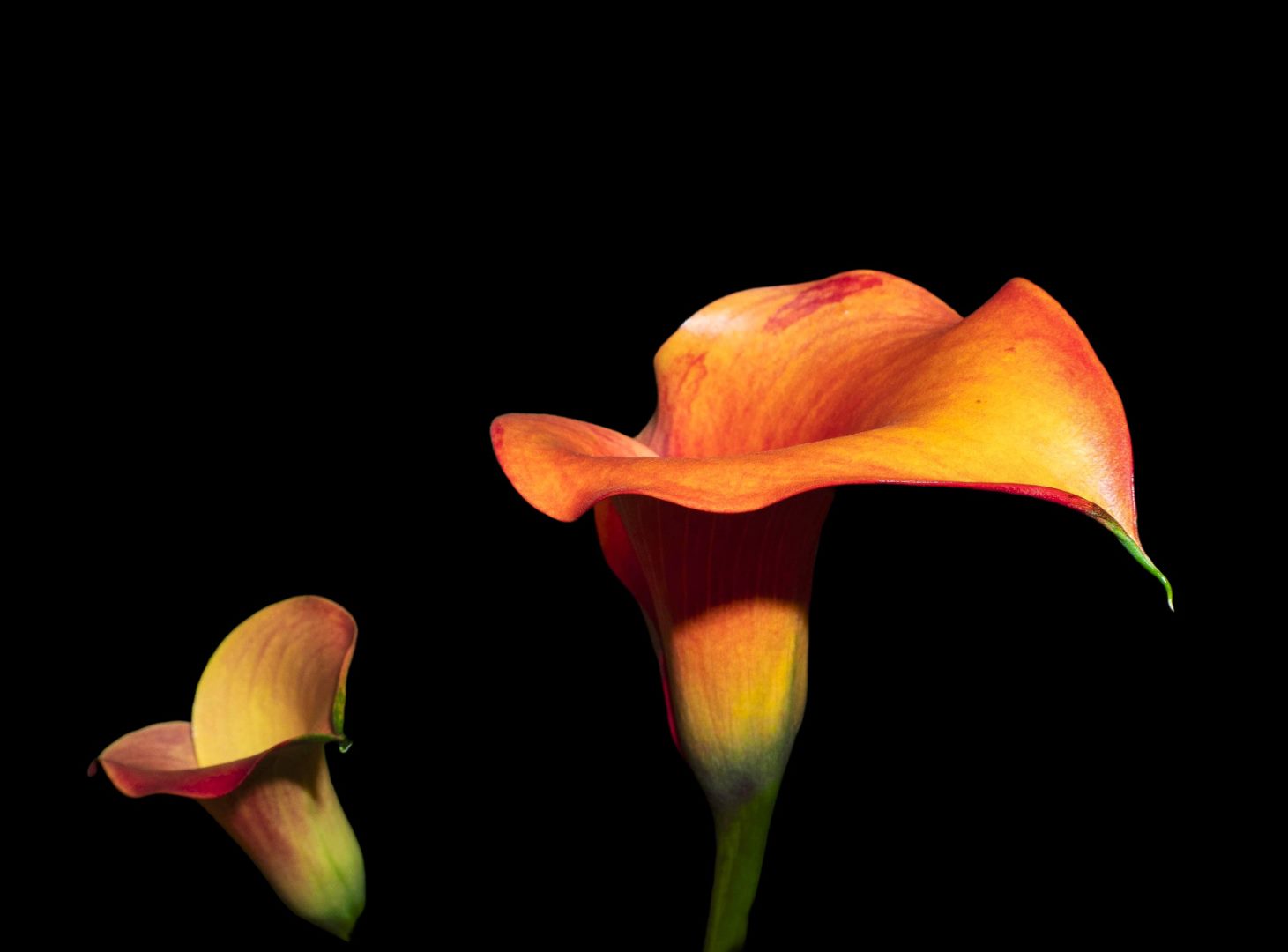
Introduction
Calla lilies, also known as Zantedeschia, are elegant and sophisticated flowers that add a touch of sophistication to any garden. Their distinct trumpet-shaped blooms, often associated with weddings and special occasions, come in various colors, including white, pink, yellow, orange, and purple.
Understanding the calla lily’s blooming months is crucial for planning and ensuring a continuous display of these stunning flowers throughout the year. This guide will provide detailed information on when calla lilies bloom, factors influencing their flowering, and tips for extending the blooming period.
Blooming Months of Calla Lilies
Northern Hemisphere
In the Northern Hemisphere, calla lilies typically bloom during the following months:
- Spring (April – May): Hardy calla lilies (Zantedeschia aethiopica) are the first to bloom.
- Summer (June – August): Hybrid calla lilies (Zantedeschia hybrids) come in a wide range of colors and bloom throughout the summer.
- Fall (September – October): Mini calla lilies (Zantedeschia mini) continue the blooming season into the fall.
Southern Hemisphere
In the Southern Hemisphere, calla lilies bloom during the following times of the year:
- Spring (September – November): Hardy calla lilies and hybrid calla lilies bloom in the spring.
- Summer (December – February): Mini calla lilies extend the blooming season into the summer months.
- Fall (March – May): Calla lilies go dormant during the fall.
Factors Influencing Calla Lily Flowering
Temperature
Calla lilies prefer warm temperatures for optimal growth and flowering. They thrive in temperatures between 60°F (16°C) and 70°F (21°C). Temperatures below freezing can damage calla lily plants and inhibit flowering.
Sunlight
Calla lilies appreciate partial shade to full sun. In warmer climates, morning sun with afternoon shade is ideal. In cooler regions, they can tolerate more sun exposure.
Soil
Well-drained, organic-rich soil is crucial for calla lily growth. They prefer slightly acidic to neutral pH levels (6.0-7.0). Heavy or poorly-drained soil can lead to root rot and stunted growth.
Water
Calla lilies require regular watering, especially during the active growth and blooming period. Allow the soil to dry slightly between waterings to prevent overwatering and root rot.
Tips for Extending the Blooming Period
Fertilization
Regular fertilization with a balanced fertilizer can promote healthy growth and encourage continuous flowering. Apply fertilizer monthly during the growing season.
Deadheading
Deadheading spent blooms promptly by removing the flower stem all the way down to the base. This encourages the plant to produce new flowers and extends the blooming period.
Dividing
Dividing calla lily clumps every 3-4 years can rejuvenate the plants and promote more vigorous growth and flowering. Divide them in the fall or spring when the foliage has died back.
Potted Calla Lilies
Growing calla lilies in containers allows for better control over their environment. Provide consistent moisture and temperature, and move them indoors during colder months to extend the blooming period.
Conclusion
Understanding the blooming months of calla lilies is essential for planning and enjoying a continuous display of these elegant flowers. By following the tips and information provided in this guide, you can successfully cultivate calla lilies that thrive and bloom throughout the year.
Whether you’re an experienced gardener or just starting, incorporating calla lilies into your landscape or home adds a touch of beauty and sophistication to any space.


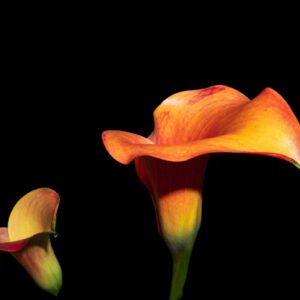
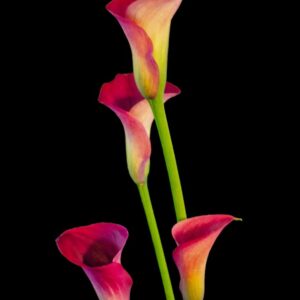
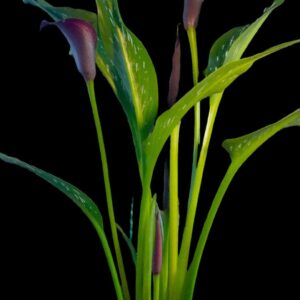

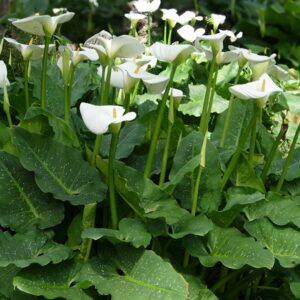
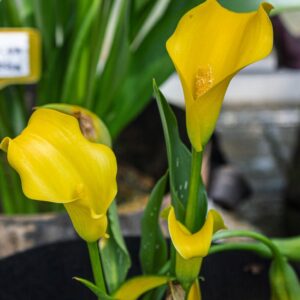
Leave a Reply